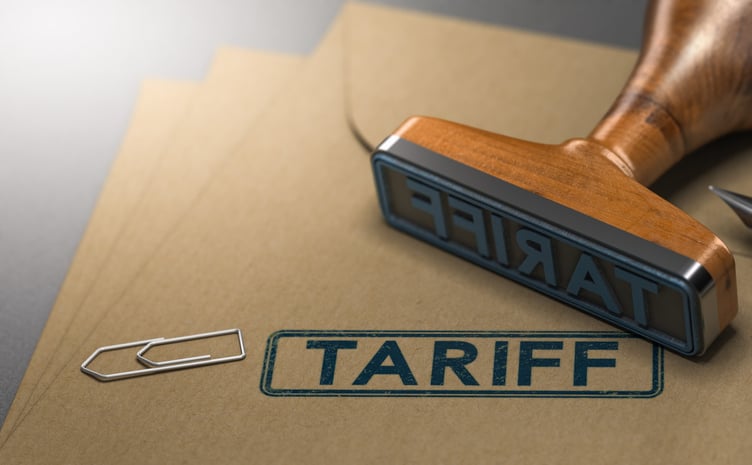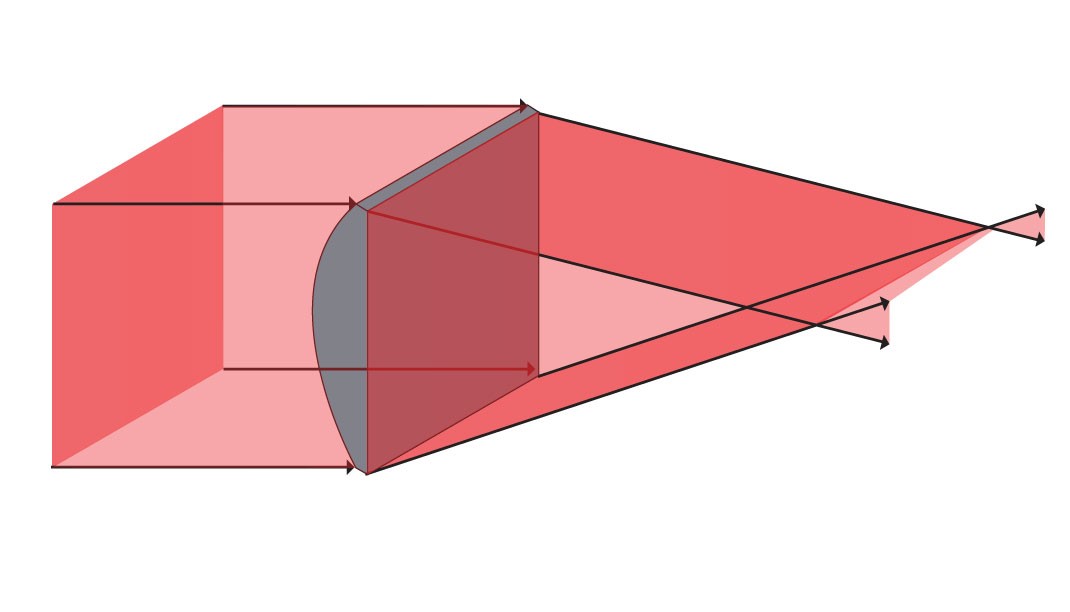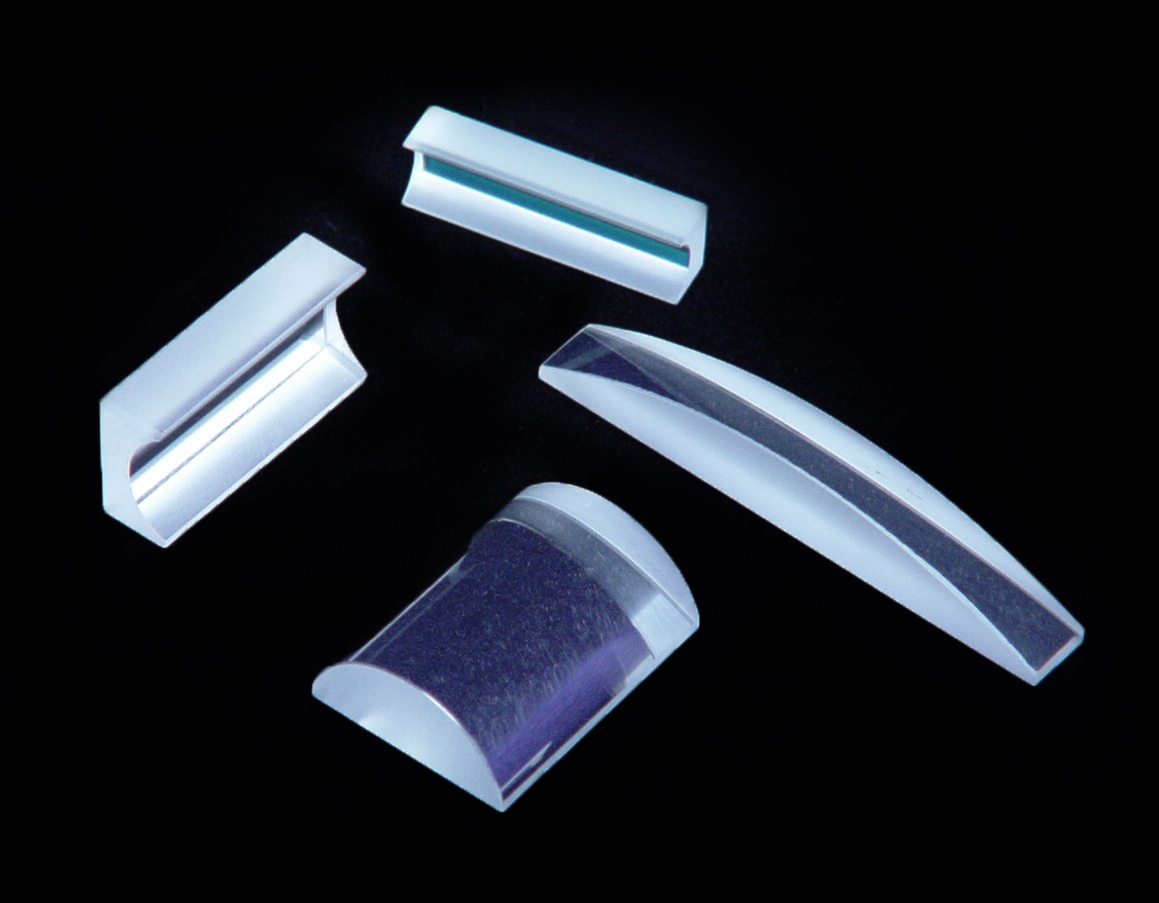When creating an optical system, there are many challenges an engineer faces when choosing how to design a lens. Choosing the correct lens without the right tools can prove to be very difficult and costly. Zemax, a ray-tracing optical design software program, provides designs and analyses for imaging and illumination systems. This allows for the user to view the way different lenses work while providing analysis diagrams documenting a variety of data sets. Zemax is a great tool to improve performance, shorten time to market, and reduce production costs.
Read More >Zemax: The Software Solution to Find the Ideal Lens
Ross Optical Industries is Acquired by Precision Optics Corporation
El Paso, TX, July 9, 2019 Ross Optical Industries, Inc (Ross Optical), a provider of custom, precision engineered solutions for the optical market, announced today that it has been acquired by Precision Optics Corporation, Inc. (OTCQB: PEYE) (“Precision Optics”). Precision Optics is a leading designer and manufacturer of advanced optical instruments for the medical and defense industries.
Read More >Use Cases for Cylinder Lenses
Unlike a conventional spherical lens, a "cylinder lens" has curvature along only one axis. The figure shows an example of a plano-convex cylindrical lens, which brings parallel rays to a line focus.
Read More >Impact of Tariffs on Chinese Goods
 The price increase is still in effect due to the continued tariffs. We are continuing to monitor the situation closely and will keep our customers informed of any changes.
The price increase is still in effect due to the continued tariffs. We are continuing to monitor the situation closely and will keep our customers informed of any changes.
Tips and Techniques for Cleaning Optics
Ideally, your optics are kept pristine and no cleaning is necessary-- but the reality is that almost all optics will require cleaning at some point. Optics are like pets, when it comes to maintenance: each one has its own unique characteristics and issues. The first step is to ensure you have a clean, contaminant free work surface such as a tray or hard surface table. Next, use only clean, powder-free gloves or finger cots. Always handle optics by the edges to avoid contaminating or damaging the lens surface.
Read More >Ross 2019 Summer Hours
In order to give our employees well-deserved time with their families during the summer season, our Summer Hours will begin on Monday, June 3rd, 2019. Regular business hours will resume on Tuesday, September 2, 2019.
Read More >Two New Resources for Maintaining ITAR Compliance
The International Traffic in Arms Regulations (ITAR) exist to control access to sensitive, defense-related technology. It is obvious that companies working directly in the defense industry must understand ITAR, but it is equally important for companies that supply or subcontract sub-components, software, or services to defense-related products. Keeping up with ITAR is challenging for small companies with limited resources, because the regulations are dynamic and can change over time.
Read More >Ross Optical at Laser World of Photonics Munich
Ross Optical Announces Soliton Laser und Messtechnik GmbH as New Distributor Partner
El Paso, TX (April 8, 2019) Ross Optical announced today that Soliton Laser und Messtechnik GmbH will be their official representative in Germany and surrounding countries. Soliton was founded in 1990 and has established itself as a premier provider of optical solutions. Soliton maintains a corporate philosophy of selling with a high level of technical knowledge, as well as fast and reliable customer support.
Read More >Four Considerations When Using RMS and Peak-to-Valley Specifications
A frequent question posed to optical suppliers and manufacturers is: “What is the difference between Root Mean Square (RMS) and Peak-to-Valley (P-V)?” RMS and P-V are both methods for describing how well the shape of an object matches its designed curvature, called “surface figure" and "surface roughness," respectively. An understanding of RMS and P-V is critical in order to prevent over- or under-specifying the parts of an optical system.
Read More >SUBSCRIBE VIA EMAIL
Recent Posts
POSTS BY TOPIC
- optical design (29)
- supply chain / inventory management (19)
- optics applications (14)
- standard optics (14)
- meet the team (11)
- optical assemblies (11)
- custom optics (10)
- micro optics (10)
- quality management (10)
- news (9)
- optical coating (6)
- medical optics (5)
- events (4)
- aspheres (3)
- cleaning optics (3)
- optical metrology (3)
- achromatic doublets & triplets (2)
- endoscope (2)
- mechanical engineering (2)
- Infrared (1)
- endoscopic test (1)
- large optics (1)











